Ho Chi Minh City plans to convert its entire bus fleet to electric and green energy by 2030, 20 years earlier than the general roadmap set by the government. This is part of the project to enhance public passenger transport in conjunction with personal motor vehicle control and the project to control vehicle emissions.
For the period 2026-2030, the estimated cost for converting the bus fleet to green energy vehicles is VND7.577 trillion ($287.43 million). The total annual public transport subsidy is estimated at nearly VND16.5 trillion ($16 million).
In parallel with bus conversion, the city is accelerating the progress of metro and light rail (LRT) projects, and a plan to convert gasoline-powered two-wheelers to electric for ride-hailing and delivery services. This emphasizes support policies for purchasing new electric motorcycles and recalling old vehicles.
Furthermore, the city is encouraging businesses to invest in charging stations, battery rental services, issue green bonds, sell carbon credits, and apply the public-private partnership (PPP) model for building large-scale public charging stations.
Currently, the city has approximately 2,386 buses operating on 176 routes, including 627 electric buses (26.3%) and 451 buses using compressed natural gas (CNG) (17.9%).
According to the roadmap, by 2030, Ho Chi Minh City aims to reduce increasing air pollutants from transport by 90%, with electric motorcycles reaching 15%-20%, electric cars reaching 5%-10%, and public passenger transport meeting 15% of travel demand. By 2050, the city aims for 100% of vehicles to use electricity or green energy, moving towards a net-zero emission target.


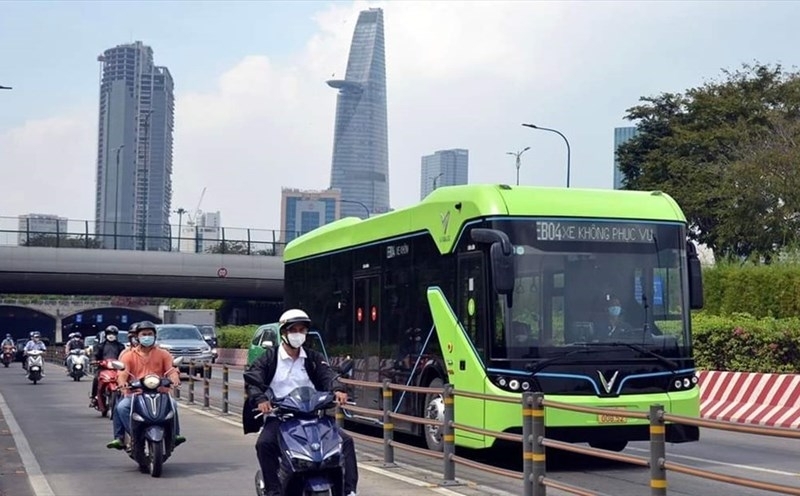
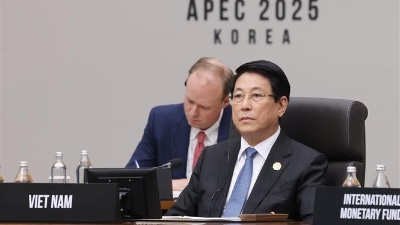


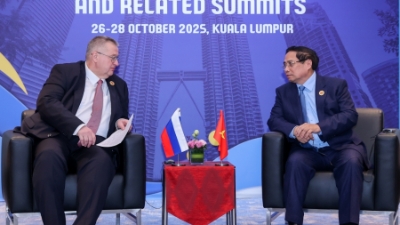
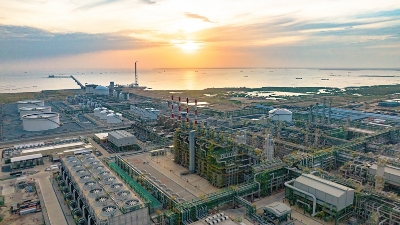
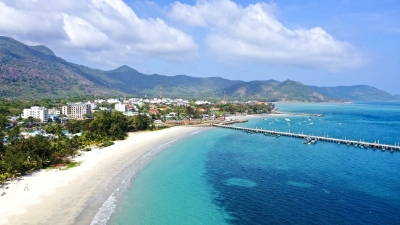
 Google translate
Google translate